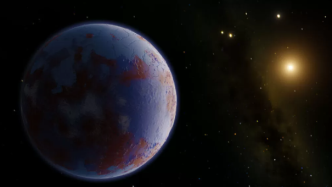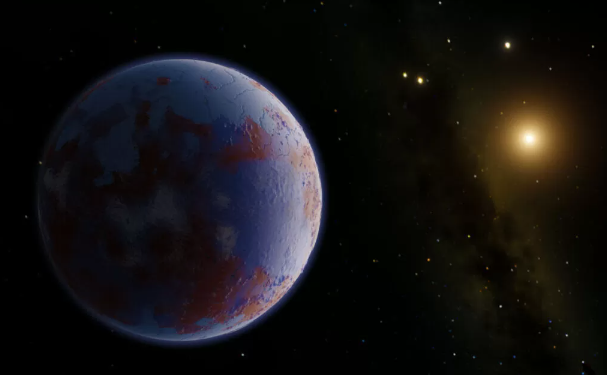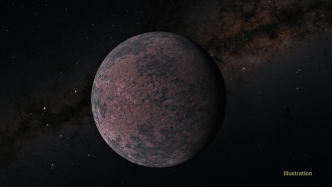
Japan's Kinki University recently issued a press release saying that researchers from the school and the National Astronomical Observatory of Japan used computer simulations to successfully reproduce multiple features of Kuiper belt objects outside the orbit of Neptune. Earth planet. The research results have been published in the international academic journal "The Astronomical Journal".

The communiqué stated that Neptune and the Kuiper belt objects that exist outside its orbit are considered to be the traces left when planets formed on the outer edge of the solar system. In particular, the Kuiper belt objects may have formed unique orbits due to the continuous influence of the planet's gravitational force. The existing typical Kuiper belt and solar system formation models are difficult to fully describe the multiple characteristics of Kuiper belt objects.
According to the bulletin, in this study, the researchers assumed that there were unknown planets in the Kuiper belt, reflected the influence of the planets into the computer simulation model, and then verified this hypothesis. The simulation results can reproduce the characteristics of Kuiper belt objects that were not explained by the previous standard model, and are almost consistent with the actual observation results now.
The research team further found that if there is an terrestrial planet with a mass 1.5 to 3 times that of the Earth and an orbital inclination of 30 degrees in a region about 30 billion kilometers to 75 billion kilometers away from the sun, then the number of Kuiper belt objects feature can be explained. At the same time, the planet played an important role in the formation of the Kuiper Belt.
The communiqué said that this study revealed that there may be undiscovered planets in the outer edge of the solar system.
